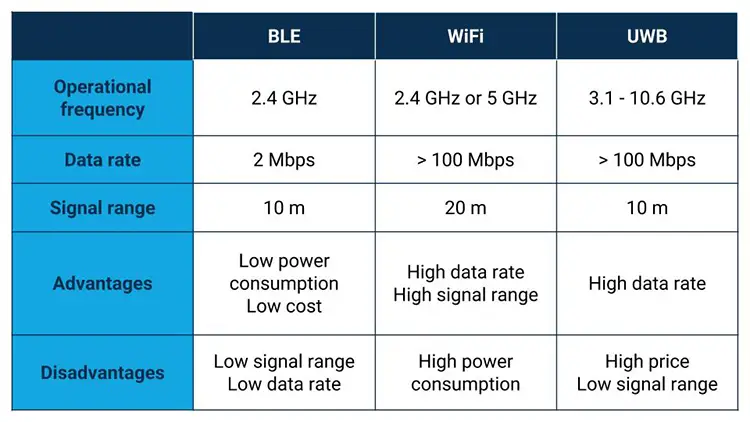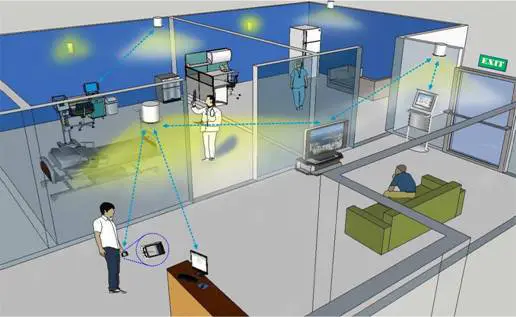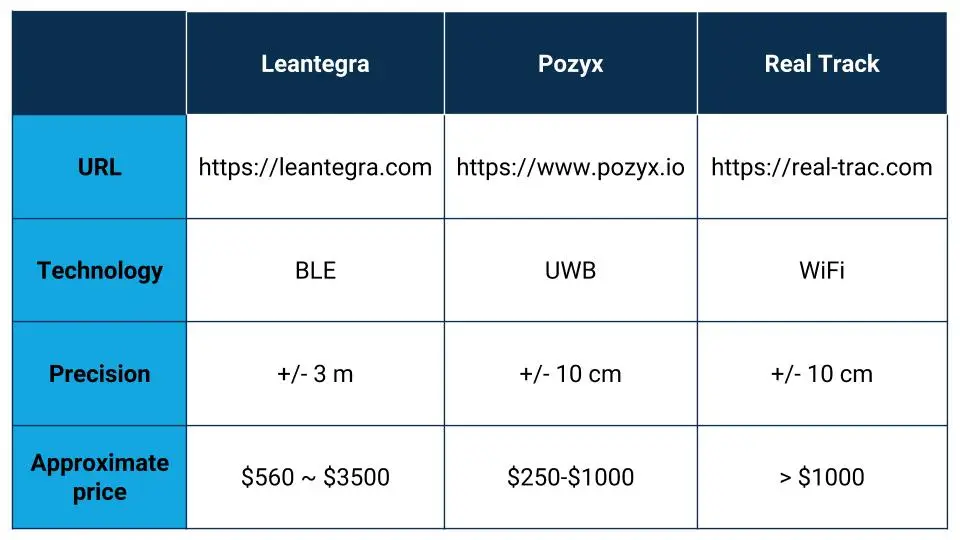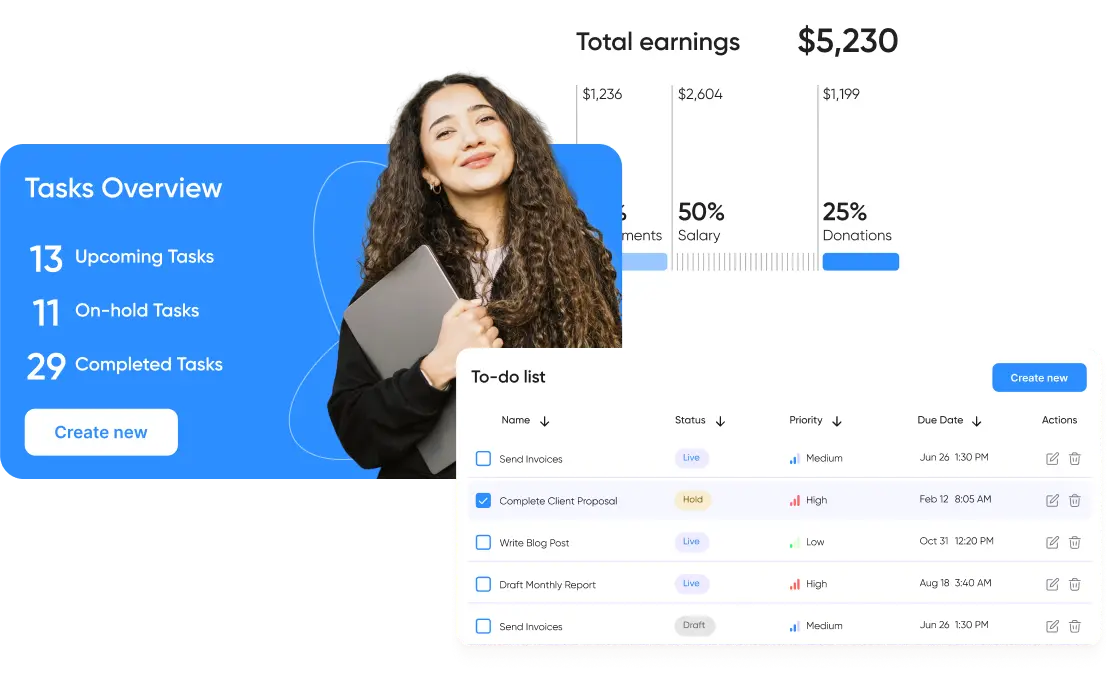R&D Experiments
IPS: The Reason Why You Won’t Get Lost in an Airport Ever Again
Have you experienced that annoyance when your GPS signal was lost and you needed to find your way through the airport or a huge hospital, johnny-on-the-spot? And the issue becomes even more stressful if you’re abroad and have no idea where the signs or people direct you.
Indoor positioning systems (IPS) are the answer to this struggle. Simply put, IPS is a GPS for indoor facilities. It helps to locate people and objects inside the building via a smartphone. The ElifTech’s Cool Projects Department decided to take a closer look at IPS and its perks.
Navigating Airports with Ease: How IPS Ensures You Never Get Lost Again
IPS is an indoor positioning system that aids with navigation inside buildings where GPS doesn’t work. This can be an airport, a hospital, a shopping mall, a parking lot, etc. Also, IPS helps robots and drones navigate within factories or warehouses without any human assistance.
Though IPS is a much younger technology than GPS, the possibilities for its application are vast. Based on indoor positioning, we can create systems for autonomous car parking; gather data about people flow and leverage it for better user experience; build smart spaces; optimize warehouse management, and many more.
There are two types of positioning systems. The first one contains static tags and a mobile station. Static tags, fastened to the walls, display the edges of space inside the building. The mobile station is a phone or similar device that checks the distance to the tags and shows its position based on the proximity to the tags or uses it for navigation. Another type of IPS contains static stations on the walls and a pool of mobile tags. It’s used for indoor tracking of location and movement.
There are several different technologies IPS can use, BLE (Bluetooth Low Energy), WiFi, UWB (Ultra-Wide Band) are some of them. Every approach to the IPS has its pros and cons, and our CPD developers have compared them for you.
What Technology is Better for IPS?
The mentioned technologies are the ones that are most widely used for indoor positioning systems. They have enough signal range, and the devices with them are rather inexpensive. They are especially suitable for the type one IPS since all mobile phones have BLE or WiFi. As for the technical parameters of these wireless technologies and some specific advantages, they are somewhat different and therefore will influence the final choice.

What technology is better? It depends on the requirements. If we need IPS to work for an extended period, we should choose BLE since it has low power consumption. If the high range is our priority, we’ll go with WiFi. But when we aim at precision, we’ll stop on UWB since this technology provides a range of +/- 10 cm when the others give us +/- 3 m only. However, UWB is much more expensive than Bluetooth and WiFi.
How Does Indoor Positioning Work?

Type one IPS consists of multiple static tags on the walls which are fastened every few meters (distance depends on the signal range and space shape) with an overlapping signal range. The beacons broadcast the signal with a certain frequency and then fall asleep to save energy (BLE-based tags). The mobile station receives the signal from the nearest tags and checks their RSSI (Received Signal Strength Indication). Based on that information, the mobile station defines the distance to the tags and shows the location or uses it for indoor navigation.
And here are some scenarios when the use of IPS proves to be highly beneficial:
- When we need to localize a particular place and find the way through a big building like an airport, a shopping mall, a hospital, or a parking lot.
- In big, agile offices, we can build an IPS-based system that will check permissions, allow access, find free rooms, etc.
- When we need to collect and analyze data about user behavior, e.g., in shopping malls on how the crowd is moving, what are the points of biggest concentration, how to provide better user experience and improve security.
- In automated warehouses and factories, indoor positioning helps robots and machines navigate through buildings and optimizes human assistance.
What Does the IPS Market Offer?
There are a dozen or so ready solutions for IPS you can buy right away. Here are three examples that use different technologies:
There are a dozen or so ready solutions for IPS you can buy right away. Here are three examples that use different technologies:

Let’s get a closer look at these IPS.
Leantegra provides solutions for IPS in shopping malls, airports and even mines. They have all elements of IPS: BLE or UWB tags, wireless gateway, REST API, Mobile SDK and Web Portal, RTLS server. With such an extensive kit, we can create a system for real-time location tracking, navigation, data collection, and analysis, etc. Also, their solutions provide good location accuracy: depending on the type of a tag, it varies from +/- 3m on BLE tags to +/- 20 cm on UWB tags.
Pozyx offers solutions that can be used with the Arduino board or as ready products. We can create a system on UWB tags that will have good location accuracy while the tags will be able to communicate with each other.
Real Track provides systems for manufacturers, underground mining, etc. Wi-Fi-based IPS has the functionality of localization, voice communication, and data transmission for safe and efficient operation. Their solutions have a web portal, Wi-Fi tags, wireless access points, and servers.
Indoor positioning systems are helpful for both humans and robots in spaces where GPS doesn’t work. They have different areas of use, from navigation to data collection, and hold the potential of improving user experience and public services. In our customer-centered reality, IPS will be gaining mass adoption in a matter of months. The areas of its use will also depend on the evolution of technologies and wireless systems that will assure better accuracy.
And we wouldn’t be a Cool Projects Department if we didn’t experiment with this exciting technology. We are creating a BLE IPS with the plan to implement it into other ElifTech solutions further. To make it more intriguing, we’ll reveal that two of our developers are working on an internal project called “Islander” - the concept of a drone lighter than air. After they create a radio-managed prototype, we plan to enhance the drone with the IPS-based self-navigation and even autonomous route planning.
Keep an eye on our experiments; more awesome projects are yet to come!
Browse our case studies and get actionable insights to drive your success
See more
